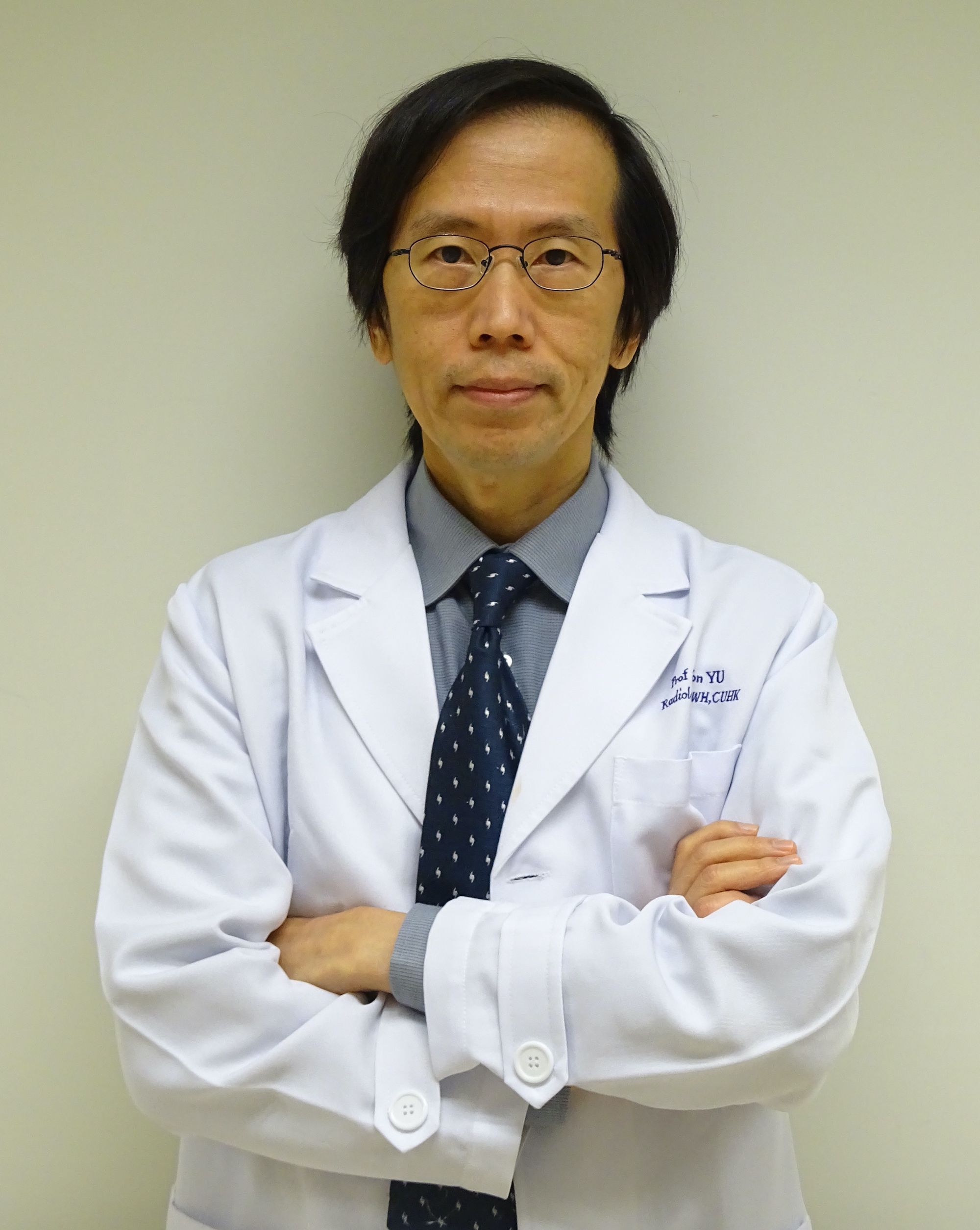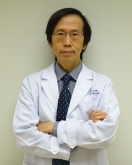CUHK
News Centre
CUHK Proves Modified HIFU Treatment Effective for Treating Uterine Fibroids
Uterine fibroid is a common benign gynaecological disease for women of reproductive age and often leads to heavy menstrual bleeding, pelvic pain and pressure related symptoms. Both surgical and non-surgical treatment options, such as High-Intensity-Focused-Ultrasound (HIFU), are available for patients nowadays. The Faculty of Medicine at The Chinese University of Hong Kong (CU Medicine) has developed a modified HIFU treatment protocol for patients with uterine fibroid. The innovative procedure implements a modified energy transmission protocol and oxytocin augmentation which has proved to provide better therapeutic outcomes than other non-surgical treatments. The findings were recently published in the international journal Ultrasound in Medicine & Biology.
Uterine fibroid affects 20-40% of women of productive age
Uterine fibroid is the most common benign pelvic tumour in women, affecting 20-40% of women in their childbearing age. Though the tumour rarely becomes cancer, many patients present with symptoms like heavy menstrual bleeding, pelvic pain and pressure symptoms on urinary bladder or bowel.
Dr. Eva Chun Wai CHEUNG, Honorary Clinical Associate Professor of the Department of Obstetrics and Gynaecology, CU Medicine remarked, “Conventional treatment options for uterine fibroid include medical therapy and surgery such as hysterectomy and myomectomy. Uterine Artery Embolisation (UAE) and HIFU are relatively new non-surgical treatment methods for women who wish to retain their uterus. The decision on treatment options varies among patients, depending on their age, physical condition and their desire to retain reproductive potential.”
UAE is an image-guided procedure with placement of a catheter into uterine arteries and delivery of microspheres to block the vessels, thereby causing necrosis and shrinking of uterine fibroids. HIFU is a non-invasive technique that uses thermal energy to ablate tumors.
The modified HIFU treatment can be an out-patient procedure with no anesthesia or sedation
Professor Simon Chun Ho YU, Chairman of the Department of Imaging and Interventional Radiology, CU Medicine explained, “Normal HIFU is delivered at a high acoustic intensity of 1,000-1,500 W/cm2 in 2,000 pulses at each treatment spot. We adjusted the energy transmission to a relatively low acoustic intensity of 600-800 W/cm2for 50 pulses per treatment spot, while having the transmission time increased from 50 to 400 milliseconds per pulse, so as to enhance heat deposition within the fibroid tissue, without increasing patients’ pain sensation during treatment. The use of oxytocin has augmented the effect of HIFU because it causes contraction of uterine smooth muscle, reduces peri-fibroid perfusion and thereby prevents heat loss through peri-fibroid circulation and improves the thermal ablation effect. The modified HIFU also obviates the need for anesthesia or sedation, which is necessary in conventional HIFU.”
The research team conducted a controlled study on the modified HIFU treatment protocol and compared its efficacy against normal HIFU and UAE in treating uterine fibroid. Results showed the new HIFU protocol has promising long-term imaging and clinical outcomes. This new treatment is probably superior to UAE which is a well-established and effective non-surgical treatment for uterine fibroids.
|
|
Modified HIFU |
Normal HIFU |
UAE |
|
Proportion of patients symptom free after 6 months |
100% |
29.2% |
63% |
|
Median fibroid volume at 15th month (percentage of baseline volume) |
28.3% |
75.9% |
44.2% |
|
Re-intervention within 24 months |
0 |
62.5% |
7.4% |
In addition, there was no observed significant difference between the modified and normal HIFU in terms of heat sensation score or pain sensation score.
The advancement of the techniques and technologies of vascular and non-vascular interventional radiology in the management of gynaecological diseases is one of Professor Yu’s research interests. His upcoming project is to investigate the possibility of percutaneous microwave ablation as an effective treatment for uterine fibroid.
“Although HIFU is a promising treatment option for uterine fibroid, it could be restricted by the location of the lesions and the treatment procedure could be time consuming. Therefore, our team is now exploring percutaneous microwave ablation as a possible alternative treatment option. It’s invasive but it allows increased efficiency of energy transmission and reduction in procedure time and may allow effective treatment of large lesions. We are currently working on a clinical trial on this treatment option and hopefully will have an answer in two to three years’ time,” Professor Yu said.
Professor Simon Chun Ho YU, Chairman of the Department of Imaging and Interventional Radiology, CU Medicine





